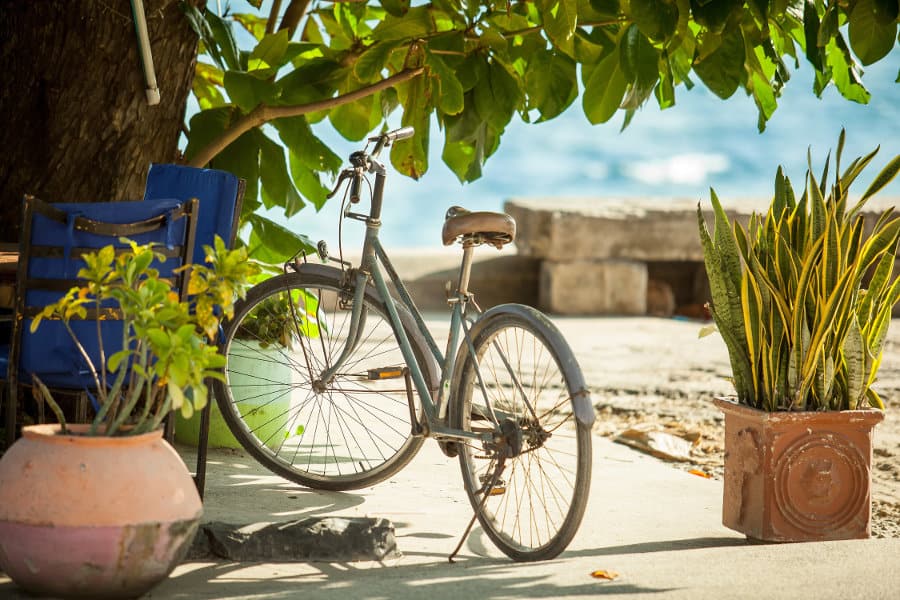Surreal and sublime, Stone Town is the most evocative of all Africa’s historic destinations. It’s a lively living museum, with mazy streets holding over 1000 years of heritage and secrets.
Stone Town is the old part of Zanzibar Town, the largest settlement on the island of the same name. And now is the time to visit, before the rest of the world wakes up to its beauty.
Stone Town is a dreamy place to be, offering a sought-after mix of local culture, welcoming people, rich history and iconic sights. It’s unlike anywhere else on the planet.
This article will show you why Stone Town needs to be on your bucket-list, from the sights and sounds to a list of all the great things to see and do.
Where is Stone Town?
Stone Town is located on the western coast of Zanzibar, an iconic island standing just off the shore of Tanzania. It’s the name given to the old part of Zanzibar Town, the island’s capital city.
First…a Little History

For over 1000 years Zanzibar was a playground for conquerors, conquistadors, silk traders, slave traders, pirates, artisans, calligraphers, Muslims, Christians, Hindus, and just about everyone else passing along Africa’s coastline. It also evolved as a proud Swahili hub.
The island has been a trading post for over a thousand years. Africa’s wealth was brought to the island, then exchanged with traders coming from Persia, China, Europe and further afield: people for guns, ivory for cotton, minerals for silk.
For centuries Zanzibar was the most powerful place in the whole of Africa, an outpost made rich by trading. And at the heart of everything on the island was Stone Town.
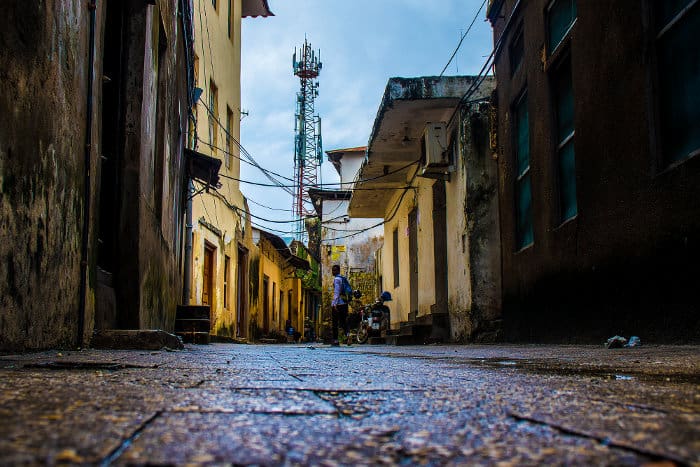
The town was built on the sheltered western side of the island, facing mainland Africa yet open to the world. Rather than stone or wood, residents harvested coral from the ocean to construct their homes.
These unique coral houses still stand today and are the main reason Stone Town is now a UNESCO World Heritage Site. They even survived the shortest war in world history: Stone Town was bombed by the British for 38 minutes in 1896.
For over a millennia travellers and traders came from far and wide. And some of them settled in Zanzibar. Each brought their own culture that influenced the town. This has made Stone Town one of the most culturally and historically diverse places in Africa.
What is it like exploring Stone Town, Zanzibar

On every Stone Town morning it’s the mosques that will wake you, redolent calls from muezzins that sail across old rooftops.
Next come sounds from local residents. Roosters and donkeys occupy the lanes. Traders shout about oranges and flowers for sale. School children sing, sending a choral harmony through centuries old streets.
Start exploring and you immediately see the eclectic cauldron of influence, the trails of a hundred cultures studding Stone Town. The whole place is like a labyrinth, with narrow alleyways and corners that are almost impossible to follow.
Some of the alleys aren’t even wide enough for donkey carts to pass. Some connect at four-way junctions that leave you completely confused.
The streets of Stone Town are near impossible to decipher. Every turn is at right angles but it always seems like you’re walking around in circles.
It’s believed that over 1700 coral houses are still standing. These stretch three or four stories high and lean inwards, increasing the impression of being inside a maze.
Maps are useless here. So is Google Maps or even a GPS. The only way to explore is to get lost. And it’s when getting lost that you’ll find all the really good stuff, all the secrets and local sights that make Stone Town so special.
Typical sights on the streets of Stone Town

The premier attraction of visiting Stone Town is to get lost on the streets. Unlike some World Heritage Sites, this is not a ghost town. Many thousands of people still live here. But because it was all built so long ago, the roads aren’t wide enough for vehicles (other than two).
The atmosphere is liveliest from 4pm to 10pm, when the lanes are busy and locals gather on public squares. Take a walk at this time and this is what you may encounter:
- The sizzle of fresh octopus being grilled on street barbecue stalls.
- Locals drinking masala chai (a spicy, Indian style tea) around a tiny tea stall.
- A cathedral, just up the road from the smell of incense burning inside a Hindu temple.
- Different markets, on the streets after dark and in the shade during the day.
- Rastas playing bao (a skillful East African board game) against mullahs on small benches.
- Public squares where locals gather to watch Swahili soap operas.

- Various whitewashed mosques.
- An incredible assortment of ornate wooden doors.
- Many antique and boutique stores.
- Traders trying to sell everything from cabbage to postcards.
- The incredible smells of Stone Town restaurants, where the local cuisine is a fusion of Africa and Arabia.
- Impromptu conversation with local residents – the people are famously hospitable here.
14 Essential places to see when in Stone Town
Dotted throughout the maze are many evocative odes to Zanzibar’s chronicles, places that define the overwhelming mix of influence that has shaped the town.
Many of these places are free to visit and part of the essential places to see during your stay. Even when an entrance ticket is required it’s not more than USD 5.
When exploring Stone Town it’s well worth paying for a guide, just to hear their incredible stories about Zanzibar’s past. You’ll find them outside some of the attractions. You can visit all these places on your own of course, although finding some of them can be a big challenge!
Beit el-Ajaib (Palace of Wonders) – A 19th-century Sultan’s palace that mixes Arabic and Swahili design; it’s now a museum dedicated to Zanzibar and Swahili culture.
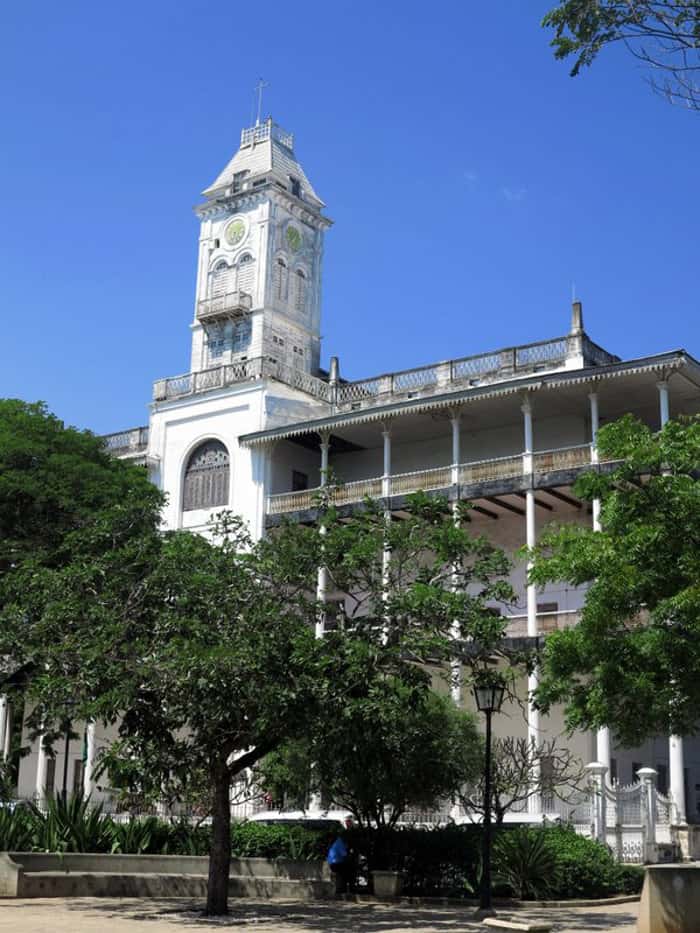
The Old Dispensary – An Indian inspired townhouse with a grand, eye-opening balcony.
Old Fort – Free to visit ruins of a 17th-century Omani fort; most of it is now occupied by souvenir stalls.

Beit el-Sahel (Palace Museum) – Iconic Zanzibari palace with a museum focusing on island life, particularly for the royals.
Tippu Tip’s House (down Suicide Alley) – Marked by a sculpted door this was the house of Zanzibar’s most infamous slave trader.

Hamamni Persian Baths – No longer open for bathing but a beautiful example of Arabic hammam architecture, with sweat stains on an elaborate inner ceiling.
Forodhani Gardens – A central square and meeting place, backdropped by whitewashed palace buildings. It’s now the scene of an atmospheric evening food market.
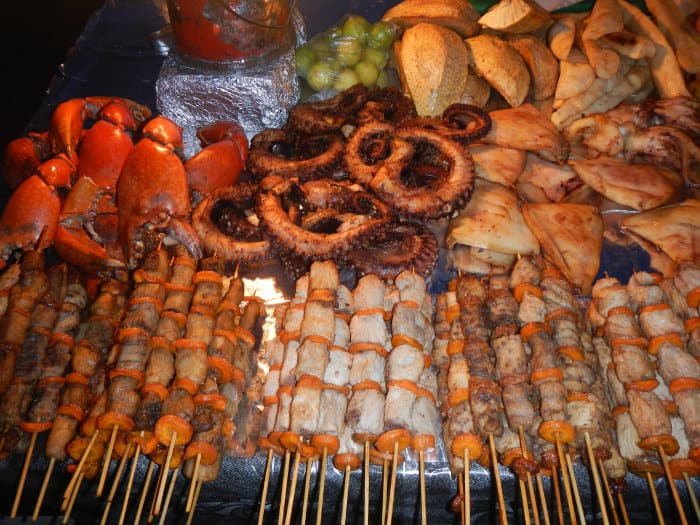
Slave Trail – A route through Stone Town showing places where slaves were auctioned and sold, along with small memorials to all those souls that were stolen.
Anglican Cathedral – Located on the ruins of the world’s last functioning slave market.
Darajani Market (fish market) – Big concrete slabs where the best ocean catch is haggled over every afternoon.
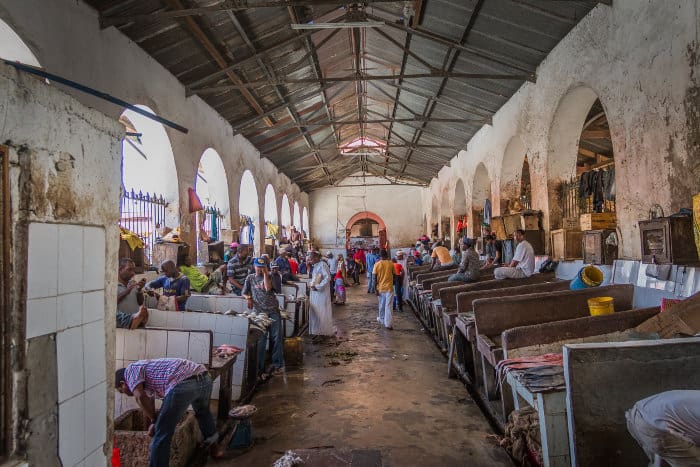
Spice Market – A riot of colour and smells, this is one of the most vibrant places in Stone Town.
Freddy Mercury’s House – The Queen front-man spent most of his youth in Zanzibar. Two different houses claim to be the place Freddy Mercury grew up – nobody is sure who is telling the truth!
Wooden Doors – Stone Town is famous for its elaborately carved wooden doors. A guide knows where to find the very best examples, but you’ll see dozens of beautiful doors when walking without a map.
Jaws Corner – The centre of Stone Town’s maze and a very popular spot for locals to hang out. Join them for a cup of chai or a game of bao.
How long do you need to experience Zanzibar’s Stone Town?

A complete Stone Town walking tour will take three hours, but allow five hours if you want to include a masala chai break and lots of photos.
The majority of visitors in Stone Town stay at a beach resort then make a day trip to the UNESCO town. Typically these trips arrive in Stone Town at 11am and mean you must walk around during the hottest hours of the day. Then they leave just when all the good stuff starts happening around 4pm.
You can squeeze the sights into an afternoon if you want. However, that doesn’t suit the Zanzibari style. Getting lost is so much more pleasurable when there aren’t any time pressures – and everyone gets lost here, regardless of how long they stay.
At Africa Freak we highly recommend spending at least one night in Stone Town. If you’re visiting Zanzibar it would be better to have two or three nights here.
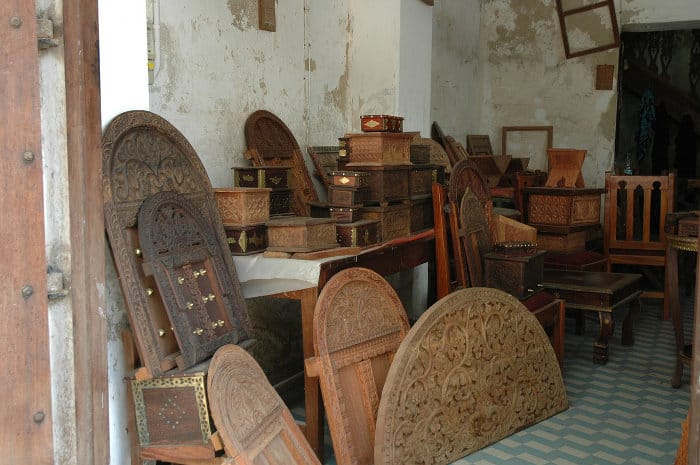
Staying longer means you don’t have a fixed itinerary, which is good because random wandering is the town’s premier attraction. Just walk and discover, enjoying how easy it is to observe local culture in a non-intrusive manner.
Relax. Go slow. Open your senses. On every street there will be something new to admire, from local women in extravagantly coloured hijabs to all the brilliant wooden doors and coral houses.
One minute you spot a cute Mediterranean cafe. The next moment you’re walking past a local cafe serving up goat curry. A little further on and chefs are barbecuing fresh fish on their street barbecues.
Why not stay in Stone Town and take excursions to the beaches instead? For example, from here it’s easy to go swim with dolphins at Kizimkazi in the morning, spend half the day at Jambiani beach, then get back to the town for an evening of chai and chat with the locals.
Everything you need to know to make a Stone Town visit reality
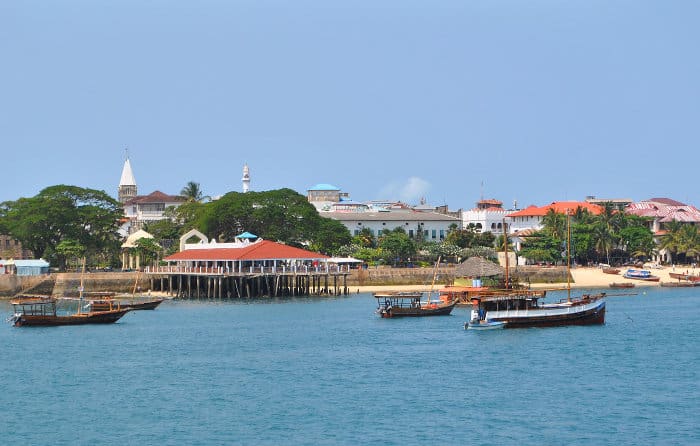
Okay, enough of the poetic musing! Here is all the practical information you need to plan a visit.
How do you get to Stone Town?
The public catamarans from Dar es Salaam to Zanzibar arrive directly into Stone Town. Just disembark and walk to your accommodation – taxis can’t get into the narrow streets!

Zanzibar town has a small airport with a growing number of international connections, including to cities in Europe. It’s a 15-minute taxi transfer from here to Stone Town and many hotels offer this taxi service free of charge.
If you’re travelling onwards in Zanzibar then Stone Town is around a 45-minute drive to Paje and the beaches on the western coast. To Nungwe and Kendwa in the north will take one hour. Add on an extra 30 minutes if you’re going by public bus.
Where to stay
A wide selection of heritage hotels can be found throughout Stone Town. Most are heavily refurbished rather than very old, although almost all feature artistic details such as carved wooden doors and Zanzibari four-poster beds.
Don’t expect big rooms. This is a cramped old city so there isn’t much space. Usually the hotels are clean and simple, with a rooftop restaurant terrace where breakfast is served. More expensive rooms tend to be on upper floors where there is more natural light.
You’ll find many options on the different booking sites. Some questions to consider are:
- Is the hotel inside Stone Town (recommended) or in another part of Zanzibar town?
- Is it a small, locally-run hotel? (most inside Stone Town are).
- Is it a heritage building or a new hotel built to look like an old building? (newer hotels such as the enormous and overpriced Park Hyatt don’t have the soul of those that are inside the old town).
Where to eat and drink
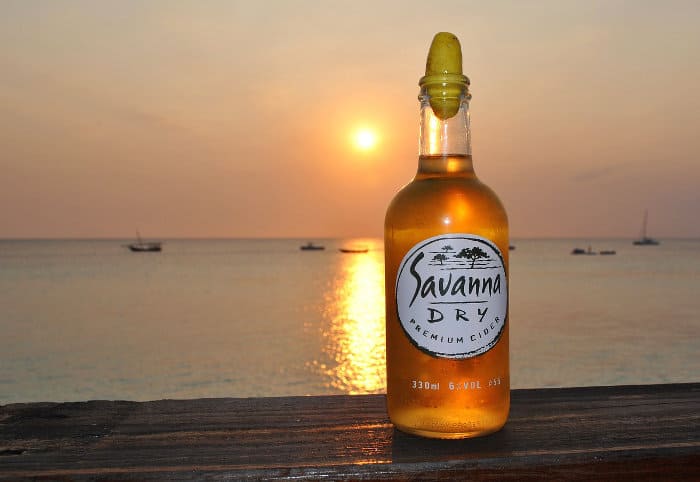
Most of Zanzibar’s oldest town remains local. You’ll find dozens of local cafes and restaurants; hardly any of them are on TripAdvisor or Google. To eat in one just go searching with your nose and choose based on how busy the tables are. Lukmaan is the best known of them all.
Down Stone Town’s main street you’ll find three excellent tourist-orientated restaurants, with terraces overlooking the town. Although the cuisine is international they are beautiful places to hang out during the heat of the day. Stone Town Cafe and The Post are highly recommended.
Forodhani Gardens hosts a nightly food market. The stalls mostly serve up barbecued fish and shawarma (Arabic-style roasted meat served like kebabs), plus fresh juices and snacks. Quality and price varies enormously between stalls so look around before ordering (tip: cheapest isn’t always best!)
As a mostly Islamic town there aren’t too many bars to choose between. If you’re with the locals it will be chai instead. However, there are many rooftop bars along the coast, in Zanzibar town. If you want to spurge then go for sundowners on the Africa House Hotel rooftop terrace.
Note that there are many restaurants along the water, including Mercury’s. The food is of dubious quality here and the prices are high, although you do get a good view and sea breeze.
Experience this living piece of history
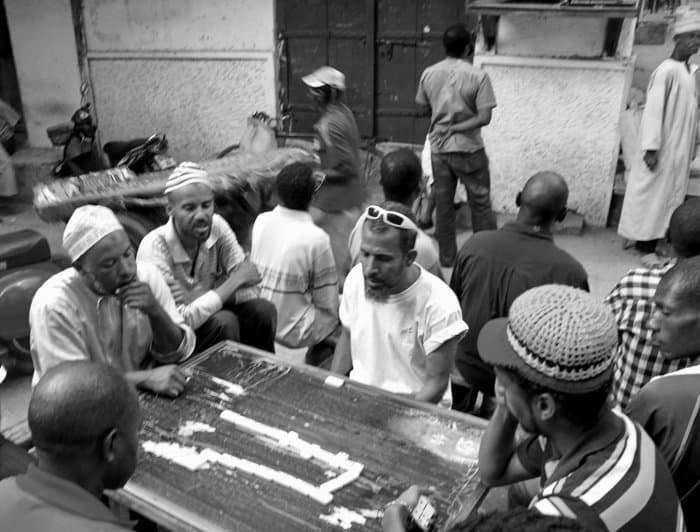
Old towns can be found all over the world, yet they tend to be symbols of a particular era and wealth.
Stone Town is a living, breathing piece of history, a place that reflects influences from China to Oman to Africa to Europe. It’s an ode to heritage and an ever-changing slice of today, where you can make friends with strangers and explore a culture completely different from your own.
So don’t think Zanzibar is just about the beaches. Stone Town finds a special place in the heart of everyone who visits.



